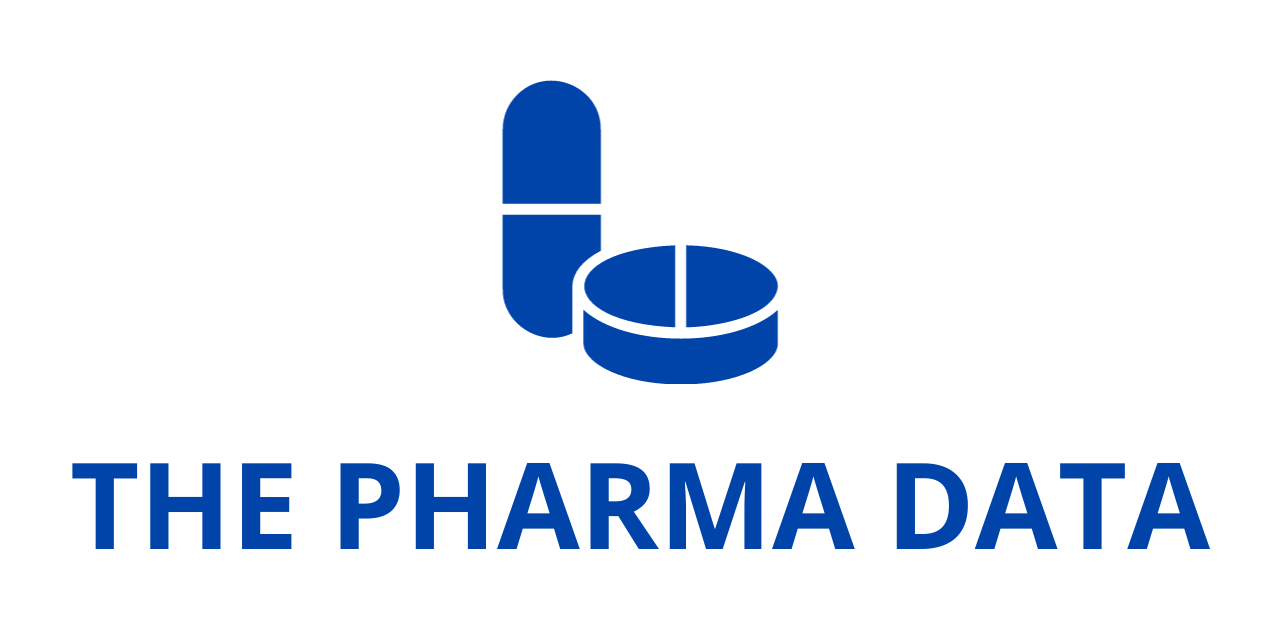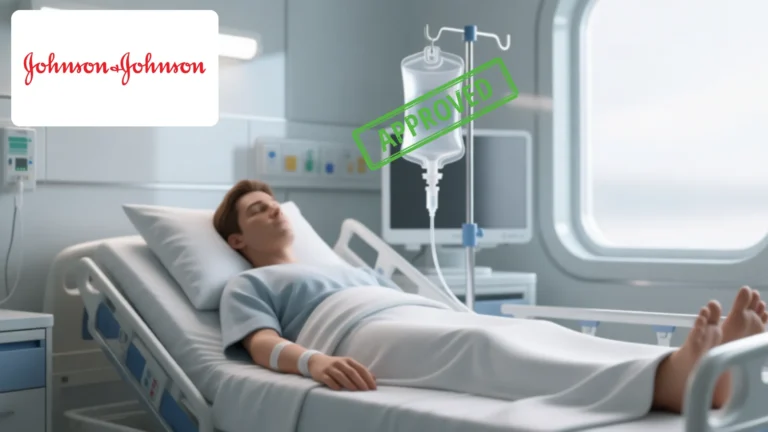
FIRE1’s Norm System and Congestion Score Highlighted as Late-Breaking Science at HFSA 2025
FIRE1, a pioneering company in connected medical device solutions, has announced that its innovative heart failure management program, encompassing the FUTURE-HF and FUTURE-HF2 trials, has been selected for presentation in the Late-Breaking Science program at the 2025 Heart Failure Society of America (HFSA) Annual Scientific Meeting. The plenary session took place on Sunday, September 28, from 9:00 to 10:30 a.m. Central Time, and drew significant attention from cardiologists, researchers, and healthcare professionals worldwide. Complementing the presentation, a detailed manuscript titled, “Derivation of a Personalized Congestion Score Using a Chronic Implantable Inferior Vena Cava Management System in Heart Failure: An Analysis from the FUTURE-HF Trial Portfolio,” was published concurrently in the Journal of Cardiac Failure, highlighting the scientific rigor and clinical potential of FIRE1’s approach.
At the center of this development is FIRE1’s Norm™ investigational heart failure management system, designed to offer a novel, patient-centered approach for managing chronic heart failure. The Norm System empowers patients to participate in physician-directed self-management, potentially reducing the burden on healthcare teams while keeping patients healthier and more engaged in their own care. By integrating continuous physiological monitoring with actionable clinical insights, Norm represents a shift toward proactive, data-driven heart failure management, emphasizing early detection of congestion before overt symptoms appear.
The HFSA presentation, entitled “FUTURE-HF: Development of an Individualized Congestion Score using a Novel Implantable Inferior Vena Cava Sensor – the FUTURE-HF Trial Portfolio,” was delivered by Dr. Marat Fudim, MD, MHS, an Advanced Heart Failure Cardiologist at Duke Health in Durham, North Carolina. Dr. Fudim is recognized internationally for his contributions to heart failure research and device-based therapeutics, and his presentation underscored the translational potential of FIRE1’s technology to clinical practice.
A key innovation highlighted during the session is the NORM Score, a novel, individualized congestion index derived from daily ambulatory measurements of the inferior vena cava (IVC) using FIRE1’s implantable sensor. The score was developed retrospectively using extensive datasets collected from the FUTURE-HF and FUTURE-HF2 trials. The inferior vena cava, a highly compliant vessel, is particularly sensitive to early volume changes, providing a unique window into subclinical congestion before traditional markers, such as filling pressures, are elevated. This allows clinicians and patients to detect impending decompensation early, potentially preventing hospitalizations and improving overall quality of life.
Analyses of the NORM Score demonstrated a strong correlation with established biomarkers of heart failure severity. Specifically, elevated scores were significantly associated with increased NT-proBNP levels (β=5.64; 95% CI: 3.23–8.05; p<0.001), reflecting the physiological relevance of the index. Importantly, the score also showed impressive predictive capability for worsening heart failure events. The system detected 92.6% of heart failure events, with a C-statistic of 0.83, and maintained a low unexplained alert rate of only 0.57 per patient-year. For clinical decision-making, the odds ratio for hospitalization was remarkably high at 18.0 (95% CI: 3.5–93.8) for patients whose NORM Score was out of range for five out of seven consecutive days, underscoring its potential utility in guiding timely intervention.
The implications of these findings are significant. By providing continuous, individualized monitoring, the Norm System can facilitate early detection of fluid overload, allowing both clinicians and patients to take corrective actions before symptoms escalate. This proactive approach could reduce hospitalizations, improve patient outcomes, and optimize the allocation of healthcare resources. Moreover, the system’s patient-centered design supports physician-directed self-management, enabling patients to engage in their own care with guidance from their healthcare team, fostering adherence and promoting long-term disease control.
Building on these promising results, FIRE1 plans to initiate a larger confirmatory study to further evaluate the clinical utility of the Norm System combined with the NORM Score. The upcoming trial aims to demonstrate how this integrated platform can transform heart failure management by streamlining clinical response, enhancing early detection of decompensation, and enabling personalized self-management strategies for patients living with chronic heart failure. The study is expected to expand on the initial findings from the FUTURE-HF trials, providing additional evidence to support broader clinical adoption and regulatory approval.
Dr. Fudim emphasized the significance of this research, stating, “We are honored that the Norm System Congestion Score was chosen for Late-Breaking Science at HFSA 2025. This recognition highlights the importance of advancing research into innovative ways to manage congestion in heart failure. By combining continuous monitoring with actionable insights, the Norm System has the potential to improve outcomes for patients while supporting healthcare providers in delivering timely, effective care.”
The FUTURE-HF and FUTURE-HF2 trial portfolios reflect FIRE1’s commitment to rigorous, data-driven research. These studies enrolled patients with chronic heart failure and leveraged cutting-edge sensor technology to capture high-fidelity physiological data in real-world settings. By analyzing longitudinal measurements from the implantable IVC sensor, researchers were able to construct the NORM Score, translating complex hemodynamic information into a simple, clinically actionable index. This represents a major step forward in precision heart failure management, providing a quantitative tool that complements traditional assessments such as biomarkers, echocardiography, and clinical evaluation.
The Norm System’s potential benefits extend beyond early detection of congestion. By offering a platform for continuous monitoring, the system can inform individualized treatment adjustments, guide medication titration, and support proactive care planning. For healthcare systems facing increasing demands from a growing population of patients with heart failure, these capabilities could translate into reduced hospital readmissions, lower healthcare costs, and improved patient satisfaction.
Additionally, the publication of the companion manuscript in the Journal of Cardiac Failure underscores the scientific validity and clinical relevance of FIRE1’s approach. The peer-reviewed article provides detailed methodology, statistical analyses, and comprehensive discussion of the NORM Score’s predictive performance, offering clinicians and researchers valuable insights into the application of implantable sensor technology in chronic heart failure management. The simultaneous presentation at HFSA 2025 and journal publication ensures that these findings reach both academic and clinical audiences, fostering adoption and further investigation.
FIRE1’s ongoing research and development efforts are aligned with a broader trend toward connected, patient-centered medical technologies in cardiovascular care. As heart failure remains a leading cause of morbidity, hospitalization, and healthcare expenditure worldwide, innovative solutions like the Norm System have the potential to redefine the standard of care. By integrating implantable sensors, personalized analytics, and patient engagement, FIRE1 is at the forefront of a new era in heart failure management—one in which proactive, data-driven interventions can improve outcomes and empower patients.
In conclusion, the selection of FIRE1’s Norm System Congestion Score as a Late-Breaking Science presentation at HFSA 2025 highlights both the clinical promise of this technology and the growing importance of precision, personalized care in heart failure management. Through the development of the NORM Score and its integration with the implantable IVC sensor, FIRE1 is demonstrating how connected devices can provide early warning of decompensation, support patient self-management, and optimize healthcare delivery. As the company moves forward with larger confirmatory studies, the potential for widespread clinical adoption of this innovative approach continues to grow, offering hope for improved outcomes for patients living with heart failure and for the healthcare systems that care for them.





